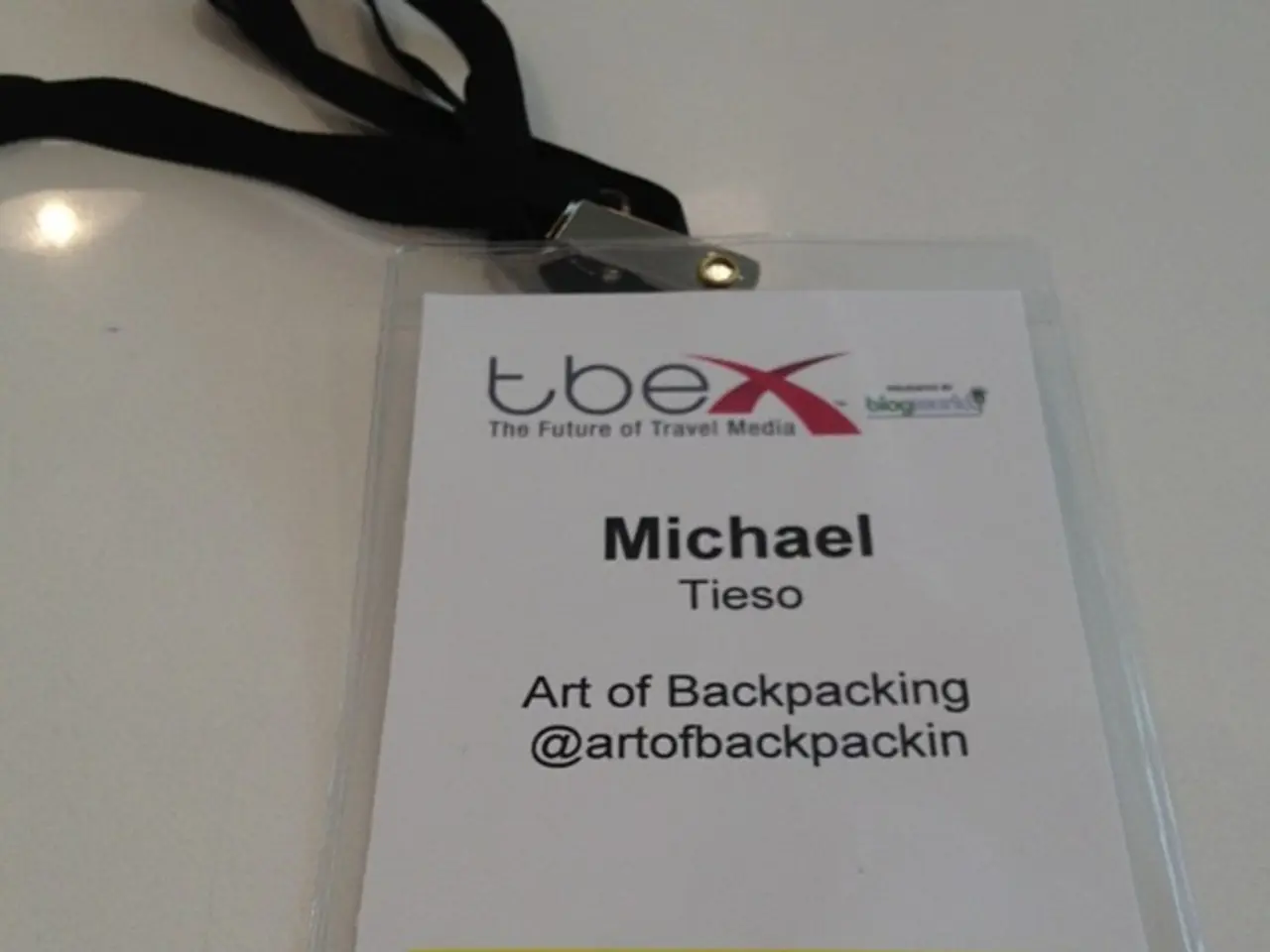Strategies for Crafting Successful Customer Journey Maps
In the realm of User Experience (UX) design, understanding the user's perspective is paramount. This approach, encapsulated in user-centered design, service design, product design, and human-centered design, forms the core of creating intuitive and satisfying user experiences.
To embark on a user-centric design journey, a well-planned journey mapping process is indispensable. This process involves several key steps:
- Defining clear user personas and scenarios to represent different user segments with demographics, goals, and challenges.
- Identifying stages and touchpoints where users interact with the product or service, including all online and offline interactions.
- Mapping user thoughts, emotions, and actions at each touchpoint by documenting what users think, feel, and do, using real user research data whenever possible.
- Highlighting pain points and opportunities where users experience frustration or where design improvements can add value or reduce friction.
- Analyzing and validating the journey map with real user feedback, analytics, usability testing, and stakeholder input to ensure accuracy and actionable insights.
- Visualizing the map clearly with diagrams or charts to aid stakeholder understanding and collaboration.
- Iterating and refining the map continuously based on feedback and new data to improve its effectiveness in guiding design decisions.
This process provides a clear, holistic understanding of the user’s behavior and emotions throughout their journey, enabling targeted improvements to critical touchpoints. It identifies specific pain points that cause user frustration or drop-off, allowing designers to eliminate barriers and reduce user effort. Moreover, it highlights moments of opportunity to delight users, increase engagement, or enhance support, thus boosting satisfaction and loyalty.
Journey mapping also facilitates cross-team alignment through a shared visual tool that communicates complex user insights simply and effectively. Validated by actual user data and feedback, it ensures design decisions are user-centered and more likely to yield positive outcomes in customer retention and satisfaction.
Beyond customer journey maps, there are other forms of journey maps, such as experience maps and service blueprints, each offering unique insights into the user experience. For instance, service blueprints offer a peek into how the service works behind the scenes, showing how different parts of the service work together to support the customer's journey.
For those looking to enhance their UX design skills, a journey mapping course is now available. This course covers creating key journey maps, such as experience maps, customer journey maps, and service blueprints, and teaches skills to run a journey mapping workshop and turn insights into actionable improvements. The course is suitable for budding and intermediate designers, including aspiring UX/UI designers, junior to mid-level designers, and product managers.
In summary, journey mapping is a strategic approach in UX design that lays out a user's path through a product or service, revealing the pain points and moments of delight in a user's product interaction. By smoothing out these critical junctures, we can craft solutions that meet-and exceed-user expectations, leading to happier customers who are more likely to return and recommend the product or service.
- The process of user-centered design, which includes UI design, UX design, service design, and design thinking, is integral to creating user-friendly products and services.
- User research, interaction design, and A/B testing are crucial methods used to validate and refine the user journey map, ensuring it is accurate and actionable.
- A well-designed journey map, a part of education-and-self-development, provides a comprehensive overview of a user's thoughts, emotions, and actions during their interaction with a product or service.
- UX design is not confined to digital products; it extends to lifestyle sectors such as home-and-garden and technology, aiming to enhance user experiences across various platforms.
- User-centered design is not just about eliminating pain points; it also focuses on identifying opportunities to enhance user engagement, satisfaction, and loyalty.
- Designers can leverage the design community, a network of professionals sharing insights and best practices, to stay updated with the latest trends in user-centered design and service design.
- By mastering the art of journey mapping, designers can improve their UX design skills and contribute to the creation of intuitive, satisfying, and seamless user experiences.




